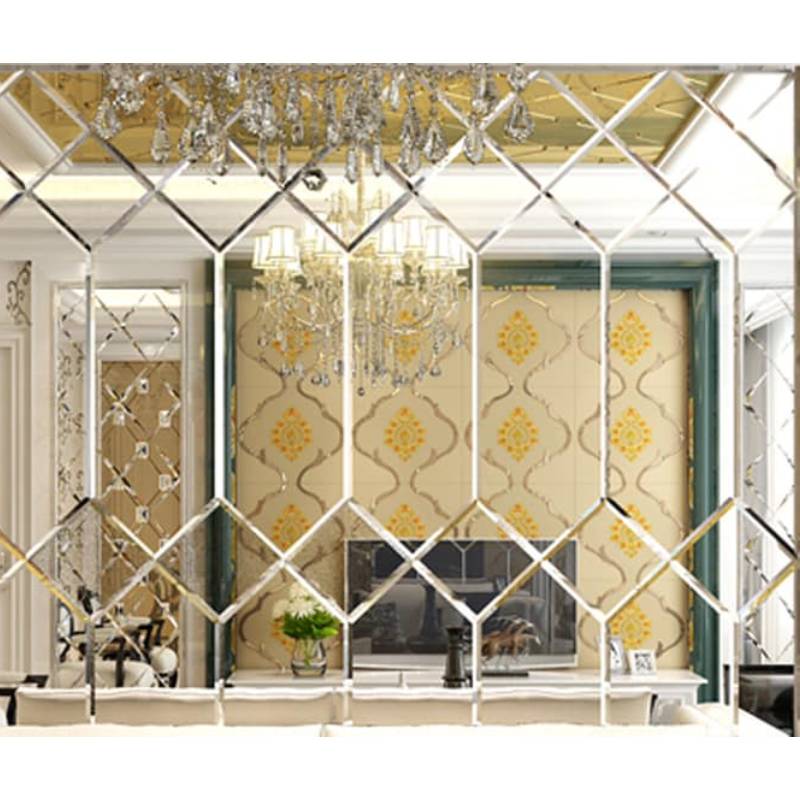Glazing in Architecture A Comprehensive Overview
Glazing refers to the installation of glass in windows, walls, and roofs, and it serves a critical role in architectural design and functionality. This term encompasses a wide range of glass types, installation techniques, and applications, all of which contribute to the overall aesthetic and energy efficiency of a building. The use of glazing has evolved significantly over the years, both in terms of materials and design philosophies. This article explores the various facets of glazing in architecture, its benefits, types, and contemporary trends.
Historical Context
Historically, glazing was primarily utilized for its functional purpose to provide light and protection from the elements. Early forms of glazing consisted of cow bladders or thin sheets of translucent stone, but as technology advanced, so did the materials used. By the 17th century, glass-making techniques improved significantly, allowing for larger panes of glass to be produced. During the 19th century, the advent of iron and glass in construction led to significant architectural innovations, including conservatories and greenhouses, which showcased the elegance of glass as a building material.
Types of Glazing
There are several types of glazing used in architecture, each serving different purposes.
1. Single Glazing This is the simplest form, consisting of a single sheet of glass. While this type is cost-effective, it provides minimal insulation and is rarely used in modern buildings.
2. Double Glazing Comprising two panes of glass separated by an insulating space, double glazing significantly improves thermal efficiency and noise reduction. The air or gas between the panes acts as an insulator, reducing heat transfer.
3. Triple Glazing This features three panes of glass and is even more efficient in terms of insulation. It is particularly beneficial in extreme climates where energy efficiency is paramount.
4. Low-emissivity (Low-E) Glass This type of glass has a special coating that reflects heat while allowing light to pass through. This coating helps maintain interior temperatures, thus reducing reliance on heating and cooling systems.
what is glazing in architecture
5. Laminated Glass Made by sandwiching a layer of plastic between two sheets of glass, laminated glass enhances safety and security. In the event of breakage, shards adhere to the plastic layer, preventing injury.
Benefits of Glazing
The integration of glazing in architectural design offers numerous advantages. Firstly, it allows for natural light to permeate indoor spaces, enhancing the aesthetic appeal and reducing the need for artificial lighting. This connection to the outdoors fosters a sense of well-being among occupants.
Secondly, modern glazing techniques contribute to energy efficiency. By improving thermal insulation and reducing heat loss, buildings equipped with high-performance glazing can significantly lower energy consumption and costs.
Additionally, advancements in glazing technology have facilitated the use of smart glass, which can change transparency in response to light, thus optimizing comfort without compromising views.
Contemporary Trends
In recent years, there has been a notable shift towards large expanses of glazing in architectural design. This trend is particularly evident in residential and commercial buildings, where expansive glass facades create seamless connections between indoor and outdoor environments. Architects increasingly prioritize sustainability, and the ability of glazing to enhance buildings' energy performance plays a crucial role in this movement.
Moreover, the rise of biophilic design—where architecture integrates natural elements—further emphasizes the importance of glazing. By maximizing daylight and offering unobstructed views of nature, architects can create spaces that promote health and well-being.
Conclusion
In summary, glazing is an essential aspect of architectural design that combines functionality, aesthetics, and sustainability. As technology continues to progress, the options and applications for glazing will only expand, providing architects with ever more innovative tools to create spaces that enhance the occupant experience while addressing environmental concerns. Whether it’s through improved insulation, increased natural light, or smart technology, glazing will remain a pivotal element in the evolution of modern architecture.
 Afrikaans
Afrikaans  Albanian
Albanian  Amharic
Amharic  Arabic
Arabic  Armenian
Armenian  Azerbaijani
Azerbaijani  Basque
Basque  Belarusian
Belarusian  Bengali
Bengali  Bosnian
Bosnian  Bulgarian
Bulgarian  Catalan
Catalan  Cebuano
Cebuano  Corsican
Corsican  Croatian
Croatian  Czech
Czech  Danish
Danish  Dutch
Dutch  English
English  Esperanto
Esperanto  Estonian
Estonian  Finnish
Finnish  French
French  Frisian
Frisian  Galician
Galician  Georgian
Georgian  German
German  Greek
Greek  Gujarati
Gujarati  Haitian Creole
Haitian Creole  hausa
hausa  hawaiian
hawaiian  Hebrew
Hebrew  Hindi
Hindi  Miao
Miao  Hungarian
Hungarian  Icelandic
Icelandic  igbo
igbo  Indonesian
Indonesian  irish
irish  Italian
Italian  Japanese
Japanese  Javanese
Javanese  Kannada
Kannada  kazakh
kazakh  Khmer
Khmer  Rwandese
Rwandese  Korean
Korean  Kurdish
Kurdish  Kyrgyz
Kyrgyz  Lao
Lao  Latin
Latin  Latvian
Latvian  Lithuanian
Lithuanian  Luxembourgish
Luxembourgish  Macedonian
Macedonian  Malgashi
Malgashi  Malay
Malay  Malayalam
Malayalam  Maltese
Maltese  Maori
Maori  Marathi
Marathi  Mongolian
Mongolian  Myanmar
Myanmar  Nepali
Nepali  Norwegian
Norwegian  Norwegian
Norwegian  Occitan
Occitan  Pashto
Pashto  Persian
Persian  Polish
Polish  Portuguese
Portuguese  Punjabi
Punjabi  Romanian
Romanian  Russian
Russian  Samoan
Samoan  Scottish Gaelic
Scottish Gaelic  Serbian
Serbian  Sesotho
Sesotho  Shona
Shona  Sindhi
Sindhi  Sinhala
Sinhala  Slovak
Slovak  Slovenian
Slovenian  Somali
Somali  Spanish
Spanish  Sundanese
Sundanese  Swahili
Swahili  Swedish
Swedish  Tagalog
Tagalog  Tajik
Tajik  Tamil
Tamil  Tatar
Tatar  Telugu
Telugu  Thai
Thai  Turkish
Turkish  Turkmen
Turkmen  Ukrainian
Ukrainian  Urdu
Urdu  Uighur
Uighur  Uzbek
Uzbek  Vietnamese
Vietnamese  Welsh
Welsh  Bantu
Bantu  Yiddish
Yiddish  Yoruba
Yoruba  Zulu
Zulu 

